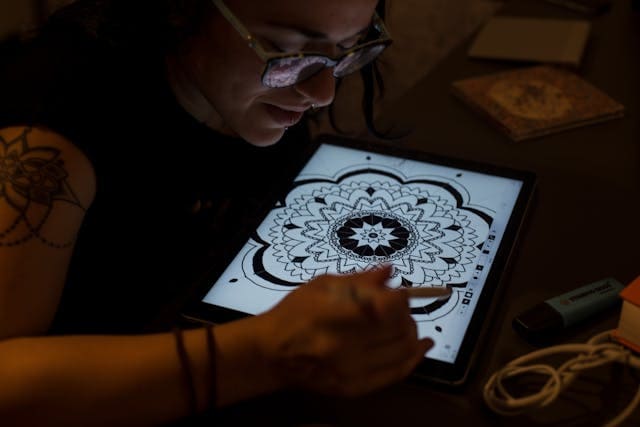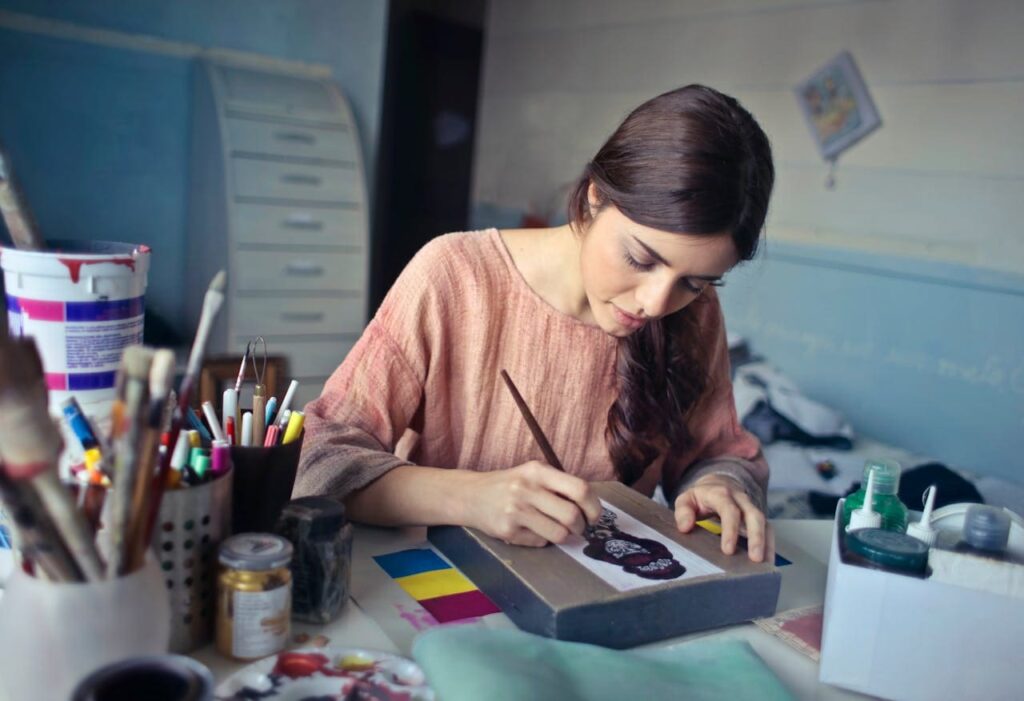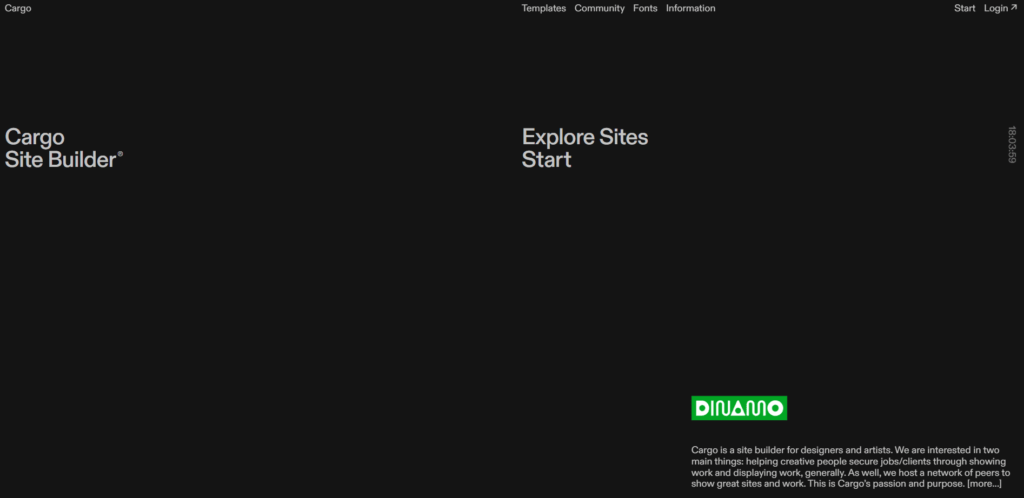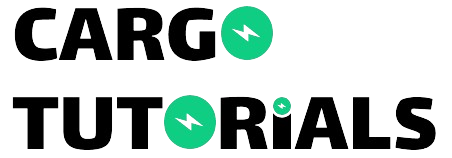The Ultimate Guide to Building an Art Portfolio Website That Gets Noticed
In this competitive art world, a strong portfolio is essential to getting the job you want. This is true for artists and people who work in art curation, marketing, galleries, luxury businesses, and consulting. A great portfolio needs careful planning and thought, and it can be the thing that helps you stand out and get hired.
An art portfolio website is where you can display a good collection of your artwork. It shows off your skills, your style and how creative you are. Keep on reading if you want to get tips for building an Art Portfolio Website.

What is an Art Portfolio Website?
An art portfolio website is your online hub for showing clients your work, such as projects, designs, and anything else you have created. It is a way for people to learn about you and what you can do, and it lets you express your unique personality.
A good and engaging portfolio website is convenient because it allows potential clients to find and connect with you, which is essential today. Whether you are a photographer, designer, or artist, a portfolio helps you share your creations and make a lasting impression.
Essential Elements to keep in mind while building an Art Portfolio Website
Every project, like a portfolio website, needs a clear goal. A simple portfolio usually shows your logo, a short description of yourself, your best work and how to contact you. This is okay, but it can be better.
To make your portfolio stand out and easy to use, you can add things like given below:
- When you design your portfolio, consider what your future clients need to see.
- What do you want your portfolio to achieve?
- Do you want to get hired, sell your services or show who you are?
The main goal is to grab people’s attention; these extra elements will help you do that.
A Showcase of Your Work

You need to grab people’s attention quickly online because they decide soon if they are interested. The first thing they see is your pictures, so they need to be amazing. If your visuals are great, they will want to learn more about your work.
There are many ways to showcase your work, such as slideshows, videos, or picture galleries. For instance, if you design logos, show them well—put the logo on products or business cards and use different colours. This indicates that you know what you are doing.
About Page
Your “About” page is how clients get to know you. It is where they see who you are and decide if they want to work with you. If you are not sure where to begin, start with yourself. Check out the list of the most important things to include on your “About” page.
Your Name: Give your name on your page. It is the first thing people need to know.
Your Picture: Then, add a photo of yourself. It helps people connect with you. It could be a headshot or a picture of you doing your work.
Information About You: Tell a small story about yourself, which is as follows:
- What you studied.
- What you are good at.
- Projects you enjoyed.
- Any awards you have won.
- Your interests and passions.
- Make it short, engaging, and easy to remember.
Case Studies
Case studies are also an effective way that can prove effective to showcase your projects. Each project should have a narrative detailing the journey from start to finish. By using photos and notes, one can quickly reveal the thought process and work that went into each project. Thus, adding a few case studies will help potential clients understand your projects, such as how you planned them, the steps you took, and the final results. Here is what to include in your case study:
- Project Goal: Why did you begin this project? What problem were you trying to solve?
- Achievements: What did you accomplish?
- Method: How did you approach and complete the project?
- Timeframe: How long did the project take to finish?
- Your Contribution: What specific role or tasks did you handle?
- Final Results: Show the finished product through pictures, videos or links.
Testimonials
Client testimonials are powerful for new visitors to your website. While you can highlight your skills, praise from satisfied clients carries significant weight. Talk to your previous clients and request they share quotes about their positive experiences. Good feedback from your past clients can help in building trust and credibility.
For example, any graphic designer or model can showcase her work with a captivating image, past work samples, and good client testimonials. This approach makes her page engaging and persuasive. Similarly, you can enhance your website by featuring client video testimonies to demonstrate your value. It adds more authenticity to your portfolio.
Call to Action
Your portfolio website needs a clear call to action that matches its purpose. Think about what you want visitors to do. Do you want them to hire you, collaborate or learn more?
Provide several contact methods, including a contact form and your business email address.
A clear and easy contact method invites engagement and leads to potential opportunities.
A Blog and Syndication
Nowadays, blogging is also becoming a good way to share ideas and attract collaborators. Regular blog posts encourage repeat website visits and improve SEO. However, with its vast reach, social media like Instagram is crucial for showcasing your style and personality by building trust and an audience.
Consider platforms like YouTube, podcasts, or webinars to boost your reach. Artist Elsa Muse effectively uses both a blog and Instagram.
Distribute your work on sites like Behance and Dribble to gain wider exposure and free traffic beyond your website. Choose the channels that best express your creativity.
What You Need to Build Your Art Portfolio Website?

Building a professional art portfolio website is crucial for showcasing your work effectively. Cargo is an excellent platform for artists, designers, and creative professionals, offering a blend of simplicity and flexibility tailored to their needs. With Cargo, you can customize your website’s design effortlessly, thanks to its sleek templates and intuitive interface.
Cargo also supports adding features like contact forms, slideshows, and galleries without the need for external plugins like WordPress. This streamlined approach ensures your site remains fast and efficient, saving time and eliminating the hassle of managing multiple add-ons.
To get started with Cargo, you’ll need a domain name and a hosting plan. Using your name as your domain can reinforce your personal brand, especially if you are an artist or designer. Cargo includes hosting as part of its service, ensuring reliability and simplicity in setting up your site.
You can also hire me to build your Portfolio Website.
Conclusion
Your portfolio website is a great way to grab right attention from your potential clients. Today, where online presence matters most, a good portfolio website is a must-have option to showcase your work, build the right impression, and create curiosity.
Start using your portfolio to share your skills. Let your unique personality shine. Ensure your website is easily found online, which helps you stay competitive. There are no strict rules, but the goal is to make visitors happy and memorable.
I hope you have enjoyed reading the blog and these tips will help you building an Art Portfolio Website for your Career.🎨
